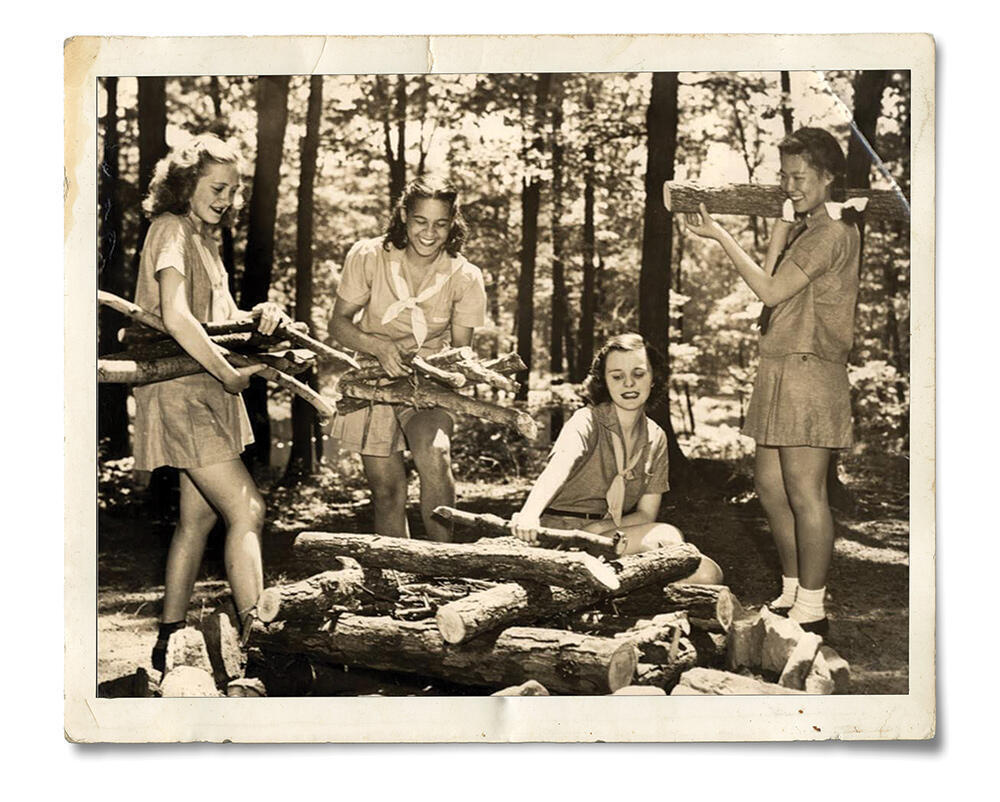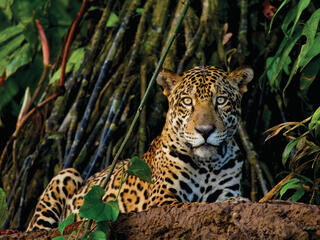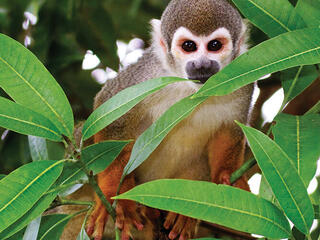She also developed a strong sense of confidence through being out in nature. She learned how capable she was—she could build fires, pitch tents, use a compass, cook over an open flame, and so much more. That confidence, instilled as a young girl, never left her as she forged her career. And she passed on to me, her only daughter, the knowledge that through experiencing nature we can recognize our own natural strengths and abilities.
Before WWF, I was at the International Finance Corporation (IFC), the development arm of the World Bank, leading the IFC’s sustainable investments in emerging economies. One of the things that I learned in development is that investing in women tends to result in positive societal returns. Consider some of the major civil issues we face. For example, if you invest in women’s health, child morbidity goes down. If you invest in women’s education, their earning potential goes up, and they can take better care of themselves and their children. If you invest in women entrepreneurs, the money they earn goes back to families and communities.
I think the same thing is true with conservation. Every day around the world, whether by necessity or choice, women are taking charge of their livelihoods and well-being through nature. But it is not always easy. Half the world’s chronically poor are women. Those who are poor rely more heavily on sustenance derived from natural resources, which are often found on common (not privately owned) land.
Particularly in rural areas, women are often the ones managing natural resources. They fetch water for cooking, gather firewood, and plant crops. They know how the land works and what it needs to thrive. They interact with nature daily, so if you involve them in conservation from the beginning, the results will be more effective and sustainable. Women are also likely to be the first to notice how climate change is impacting the landscape, so designing climate-smart conservation solutions with their input is imperative.
And that brings me to the “It’s Her Time” feature in this issue. The women you will meet there, like so many women all over the world, are invested in the protection of their land and seascapes and of the environment writ large. They are confident and innovative, and are working every day to create a better world. I believe my mother would see a little bit of herself in them all—fellow women who embrace and are inspired by nature. I know I do.

MARCENE MITCHELL
Senior Vice President for Climate Change, WWF-US




